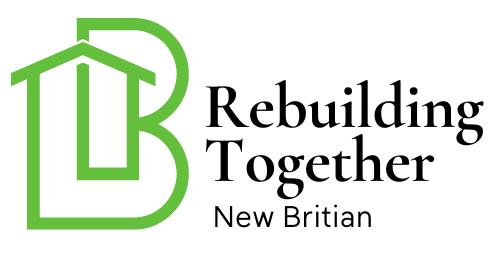When it comes to home improvements, choosing the right flooring is crucial, especially in moisture-prone areas like bathrooms. Bathroom bamboo flooring safety is a topic that resonates with many homeowners who seek a blend of aesthetics and functionality. Not only is bamboo flooring celebrated for its eco-friendliness, but it also offers a sophisticated look that can transform your bathroom into a serene oasis.
However, the question remains: How safe is bamboo flooring in a bathroom setting? Let’s delve into the aspects that make bamboo flooring a viable and safe option for bathrooms, while also considering some precautions to ensure your safety.

Why Choose Bamboo Flooring?
Bamboo flooring has gained popularity in recent years due to its sustainable nature. Bamboo is a rapidly renewable resource, making it an environmentally friendly choice. Its natural resistance to moisture and humidity makes it an attractive option for bathrooms. But does it stand up to safety standards?
Understanding Bamboo’s Durability
Bamboo is known for its strength and durability, comparable to hardwoods like oak and maple. This makes it a suitable choice for high-traffic areas, including bathrooms. However, understanding its properties can help maximize its safety and longevity.
Moisture Resistance
While bamboo is more moisture-resistant than many other types of wood, it is not entirely waterproof. Proper sealing and finishing are crucial to enhance its moisture resistance. Regular maintenance can further prevent water damage, ensuring that your bathroom remains safe and dry.
Steps to Enhance Bathroom Bamboo Flooring Safety
Proper Installation
Professional installation is key to ensuring that bamboo flooring performs well in a bathroom setting. Proper subfloor preparation and installation techniques can prevent issues such as warping or buckling.
Sealing and Finishing
Applying a high-quality sealant can protect bamboo flooring from water damage. Regular reapplication of sealant can maintain the flooring’s integrity and safety over time.
Regular Maintenance
Maintaining your bamboo flooring involves regular cleaning to prevent dirt and grime buildup, which can make floors slippery. Use non-abrasive cleaning products to preserve the finish and texture of the flooring.
Ensuring Safety in the Bathroom
Non-Slip Surfaces
To enhance safety, consider adding textured flooring or non-slip mats. These additions can prevent slips and falls, particularly in wet conditions.
Childproofing Measures
For families with young children, childproof faucet covers and safety locks can prevent accidents and injuries. These simple additions ensure that the bathroom remains a safe space for everyone.
Temperature Control
Incorporating a heater light combo can keep the bathroom warm and comfortable, reducing the risk of slipping due to condensation on cold surfaces.
Additional Safety Considerations
Using Waterproof Mats
Placing waterproof mats around the bathroom can absorb excess water, preventing slippery surfaces and reducing the risk of falls.
Installing Safety Sensors
Modern technology offers safety sensors that can detect moisture levels and alert homeowners of potential hazards. These sensors can be a valuable addition to bathroom safety measures.
Regular Inspections
Conducting regular inspections of your bamboo flooring can help identify early signs of damage or wear. Prompt repairs can prevent further issues and ensure the flooring remains safe and functional.
The Environmental Benefits of Bamboo Flooring
Beyond safety, bamboo flooring is an eco-friendly choice. Bamboo grows quickly and regenerates without the need for replanting, making it a sustainable option. Choosing bamboo supports environmentally conscious building practices.
Reducing Carbon Footprint
Opting for bamboo flooring can help reduce your home’s carbon footprint. Bamboo absorbs more carbon dioxide and releases more oxygen compared to traditional hardwoods, contributing to a healthier environment.
Cost-Effectiveness
While the initial cost of bamboo flooring may be higher than other materials, its durability and low maintenance requirements make it a cost-effective choice in the long run.
Conclusion
Incorporating bathroom bamboo flooring safety measures can transform your bathroom into a safe, stylish, and environmentally friendly space. With proper installation, maintenance, and safety enhancements, bamboo flooring can be a reliable choice for any homeowner.

FAQs
Is bamboo flooring suitable for all bathrooms?
Yes, with proper installation and sealing, bamboo flooring can be suitable for most bathroom environments.
How often should bamboo flooring be resealed?
It’s recommended to reseal bamboo flooring every 2-3 years, depending on usage and wear.
What are the main benefits of bamboo flooring?
Bamboo flooring is eco-friendly, durable, and provides a modern aesthetic. It also offers better moisture resistance than many traditional hardwoods.
For more tips on bathroom safety, consider visiting external resources such as Loving Home Care Inc.
This article contains affiliate links. We may earn a commission at no extra cost to you.

